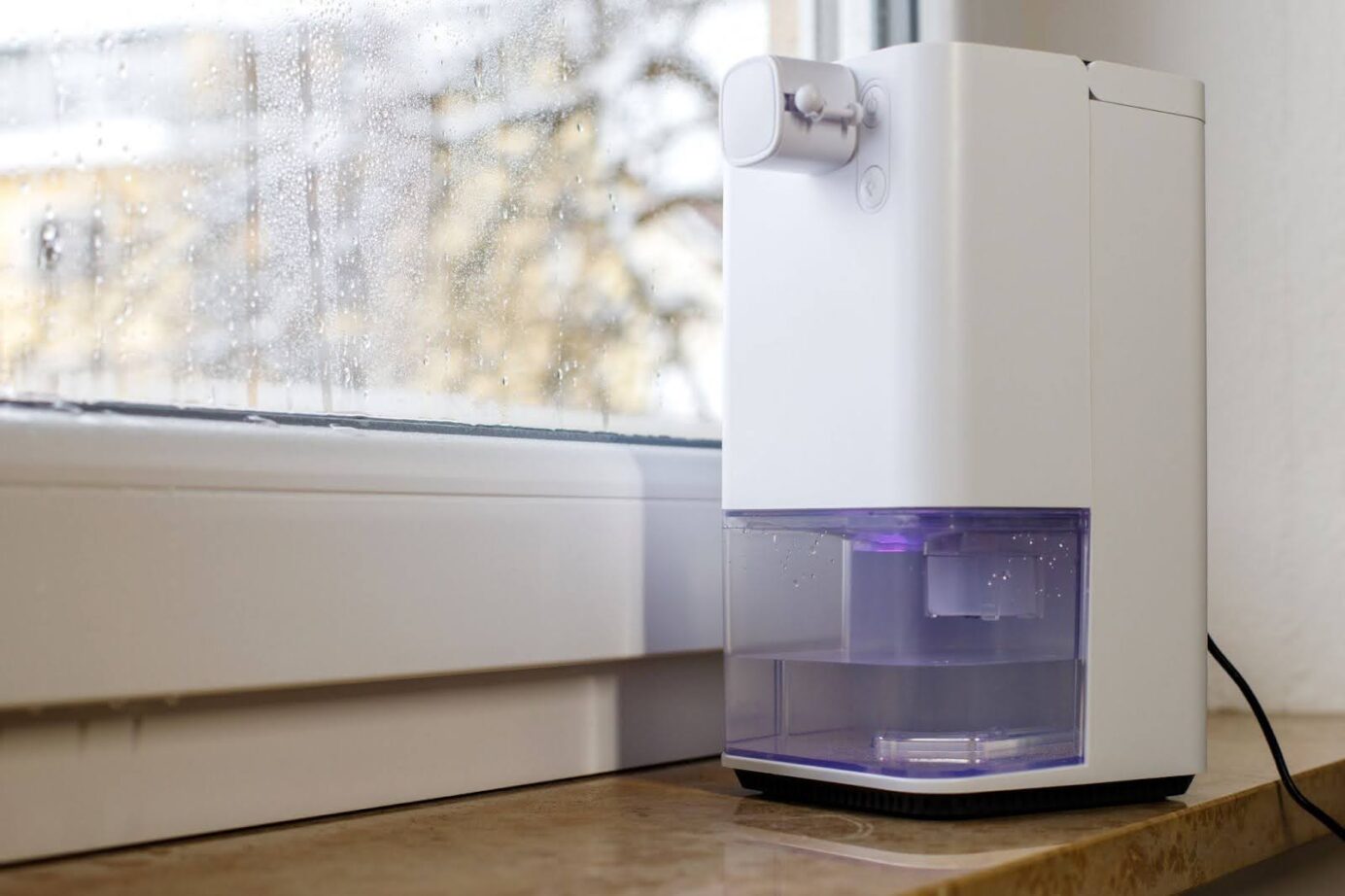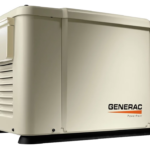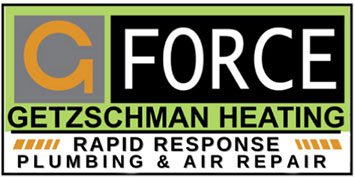NOW OFFERING WHOLE HOME GENERATORS!
CALL TO ASK ABOUT OUR SPECIAL FINANCING OPTIONS.
Dehumidifiers 101: What Is a Dehumidifier and Why Do You Need One?

Have you noticed moisture creeping along your walls, floors, and other surfaces? If so, perhaps you’ve tried to dry off the surfaces, circulate more air throughout your home, and keep your fans running while you shower.
If moisture clings to your walls despite your efforts to keep your home dry, consider purchasing a dehumidifier. This guide will help you learn everything you need to know about dehumidifiers before installing one.
How Dehumidifiers Work
Midwestern air has a decently high level of base humidity. Activities in your home can cause your indoor humidity to increase to uncomfortable levels. For example, if you cook on your stove without the proper ventilation, the steam produced from cooking will add extra humidity to your home’s inside air.
You can typically notice humidity by the condensation on windows and walls. If your home is very humid, you’ll also notice condensation on flat surfaces. To reduce indoor humidity, you’ll want to install a dehumidifier. This appliance resembles a vacuum and an air conditioner combined. Dehumidifiers suck moisture out of your inside air to balance the humidity levels.
Dehumidifiers work by pulling in air. Then, it removes the moisture from the air and puts that condensation or water into a collection tank. You’ll have to empty that tank regularly so the appliance can continue to work properly. Finally, the dehumidifier disperses the newly-dry air back into the room.
Several types of dehumidifiers exist. The two most common are refrigerant and desiccant. Refrigerant dehumidifiers condense moisture, allowing it to drip into the tank. Desiccant dehumidifiers use a desiccant wheel that absorbs moisture from the air. If you are interested in dehumidifiers, we will help you select the correct type for your needs.
Do I Need a Dehumidifier?
Take a look around your home and see if you notice the following signs:
- Water runoff
- Water stains on your ceiling or walls
- Rotting wood
- Regular condensation on your windows, walls, and other flat surfaces
- Mildew or musty odors
If any of these signs are familiar to you, you will benefit from using a dehumidifier.
Benefits of Having a Dehumidifier in Your Home
You can expect a dehumidifier to provide several benefits, including the following.
Prevent Mold and Mildew Growth
Poor ventilation in rooms accompanied by continuous moisture on surfaces creates the perfect conditions for mold and mildew growth. Watch out for black spots on your home’s surfaces. Unchecked mold growth can make you ill, give you allergies, and cause respiratory health issues.
Energy Efficient
Increased humidity levels tend to keep a space warmer. Keeping your home’s air comfortably dry will reduce the burden on your HVAC system. As a result, using a dehumidifier will decrease your energy usage, lowering your energy bills.
Versatile
Dehumidifiers can remove moisture from your home in a couple of ways. Whole house dehumidifiers integrate with your HVAC system and work on your house as a whole. Others work in individual rooms. If you have a room that collects more condensation than other areas in your home, a portable dehumidifier can target that room.
Contact Getzschman for Dehumidifier Services
For more information about dehumidifiers, or to buy one and have it installed, contact an HVAC professional from Getzschman. Our experts can recommend the appropriate appliance for your home’s needs and budget. They can also install the device properly to ensure it works properly. Call us today at (402) 235-6727 to learn more or to schedule service.


